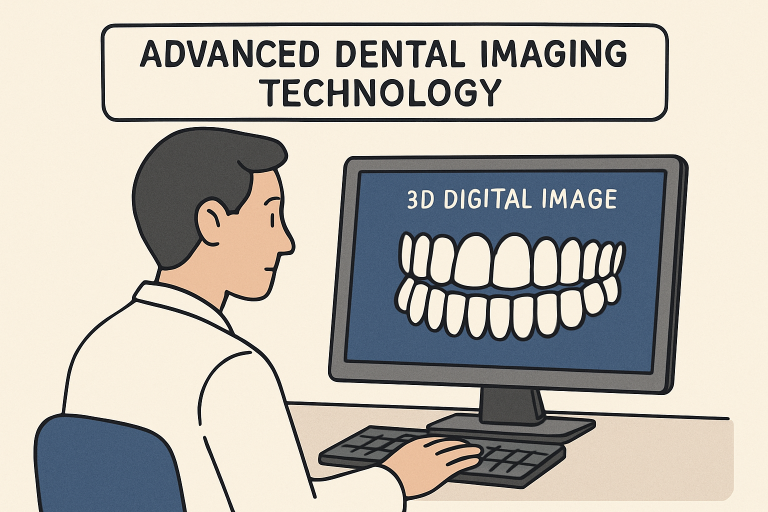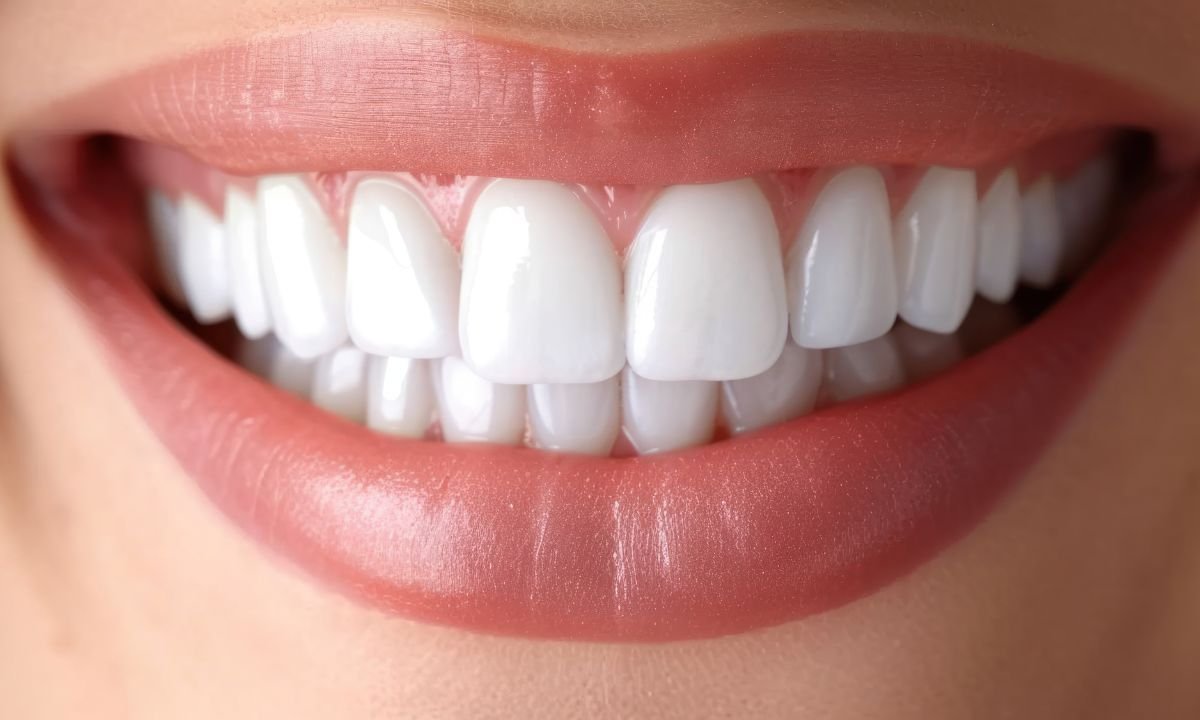Modern dental imaging isn’t just about sharper pictures—it’s about providing dentists and patients with greater clarity, lower risks, and faster results. The switch to digital and three-dimensional imaging, as well as the use of artificial intelligence, now forms a crucial part of advanced dental treatments. With these technologies, diagnoses are more accurate, treatments are better tailored, and patient experiences are improved from start to finish.
Dental care has seen remarkable transformations over the past decade, thanks to groundbreaking advances in dental imaging. These innovations are the backbone of efficient, safe, and accurate dental care from diagnosis to treatment planning. Whether you’re seeking routine care or complex procedures like full mouth dental implants Louisville, KY, improved imaging technologies help ensure every patient receives a personalized care plan based on precise and in-depth insights.
Digital Radiography: A Leap Forward
Switching from traditional film X-rays to digital radiography greatly enhances dental diagnostics. It cuts radiation exposure by up to 90%, making it safer. Digital images are delivered instantly, allowing quick interpretation, faster treatment, and less patient anxiety. High-contrast images enable precise decay and bone loss detection, even in early stages, improving oral health outcomes. Additionally, digital radiography simplifies storing, sharing, and retrieving images with specialists or insurers, streamlining the process for clinicians and patients.
3D Imaging: A New Dimension in Dentistry
The advent of three-dimensional imaging technologies, including Cone Beam Computed Tomography (CBCT), has taken dental care to a new level. CBCT provides detailed, cross-sectional images of dental and maxillofacial structures, making this technology invaluable for intricate procedures such as implant placement, orthodontic evaluation, and surgical planning. The ability to view oral anatomy from every angle helps dental professionals tailor treatment strategies to each patient’s unique needs. 3D imaging ensures greater accuracy for procedures where millimeter precision is necessary, helping to minimize complications and recovery time. This is especially vital for complex cases like reconstructive surgery or orthodontics. The detailed information such technology provides supports better clinical outcomes and enhances patients’ trust in their treatment plans.

Intraoral Scanners: Enhancing Patient Comfort
Traditional dental impressions are uncomfortable and messy. Intraoral scanners offer a more comfortable, efficient alternative by capturing accurate digital impressions of teeth and gums, used to design restorations like crowns, bridges, or aligners. This digital method removes the need for impression trays, improving accuracy and fit. It also speeds up workflow by enabling instant, precise digital file transfers to labs, reducing wait times for dental appliances.
AI Integration in Dental Imaging
Integrating artificial intelligence (AI) in dental imaging rapidly changes how dental diseases are detected and managed. AI-powered software can analyze dental images for minute changes or signs of disease that the human eye might miss. This leads to earlier detection of cavities, periodontitis, and other dental anomalies, allowing for more proactive care. AI algorithms have shown exceptional promise in identifying dental caries and other pathologies on radiographs with high accuracy. By leveraging the power of AI, dental professionals can offer enhanced preventive care and significantly reduce the risk of advanced dental diseases. Patients benefit from targeted, efficient interventions, often resulting in less invasive—and more cost-effective—treatments.
3D Printing: From Imaging to Application
3D printing has enabled dentists to translate digital imaging directly into high-quality, customized dental appliances. By utilizing data from digital scans and CBCT images, dentists can create crowns, bridges, dentures, and even surgical guides in-house. This shortens patient turnaround times and improves the fit and comfort of the final products. Another major benefit is the precision that 3D printing brings to surgical planning. Custom guides, produced from patient-specific scans, help ensure accuracy during procedures such as dental implant placement, leading to safer and more predictable outcomes.
Improved Patient Education and Communication
Modern dental imaging tools like high-resolution digital images and 3D models help dentists explain diagnoses and treatments visually. This transparency improves patients’ understanding of benefits, risks, and outcomes, building trust and compliance. Clear visuals enable informed decisions, leading to better engagement, adherence, and long-term results.
Future Trends in Dental Imaging
The future of dental imaging is set to bring even greater advancements. Researchers are developing next-generation AI tools capable of predictive analytics and automated diagnostics. Integrating virtual and augmented reality for treatment planning and simulation is also on the horizon, promising to improve precision and patient experiences further. Advances in imaging software are expected to improve workflow efficiency and data integration within dental practices. These trends all point toward a future where diagnostic accuracy improves, treatments become less invasive, and patient-centered care remains at the forefront of dental practice.
Conclusion
Innovations in dental imaging have elevated the standard of dental care, making treatments safer, more efficient, and more precise. By incorporating advanced imaging solutions, dental professionals ensure that every step—from diagnosis to treatment to follow-up—is built on accuracy and patient involvement. These technologies are reshaping dental care and setting new clinical excellence and patient satisfaction standards.
READ ALSO: Knee Replacement vs. Arthroscopy: What’s the Difference?

